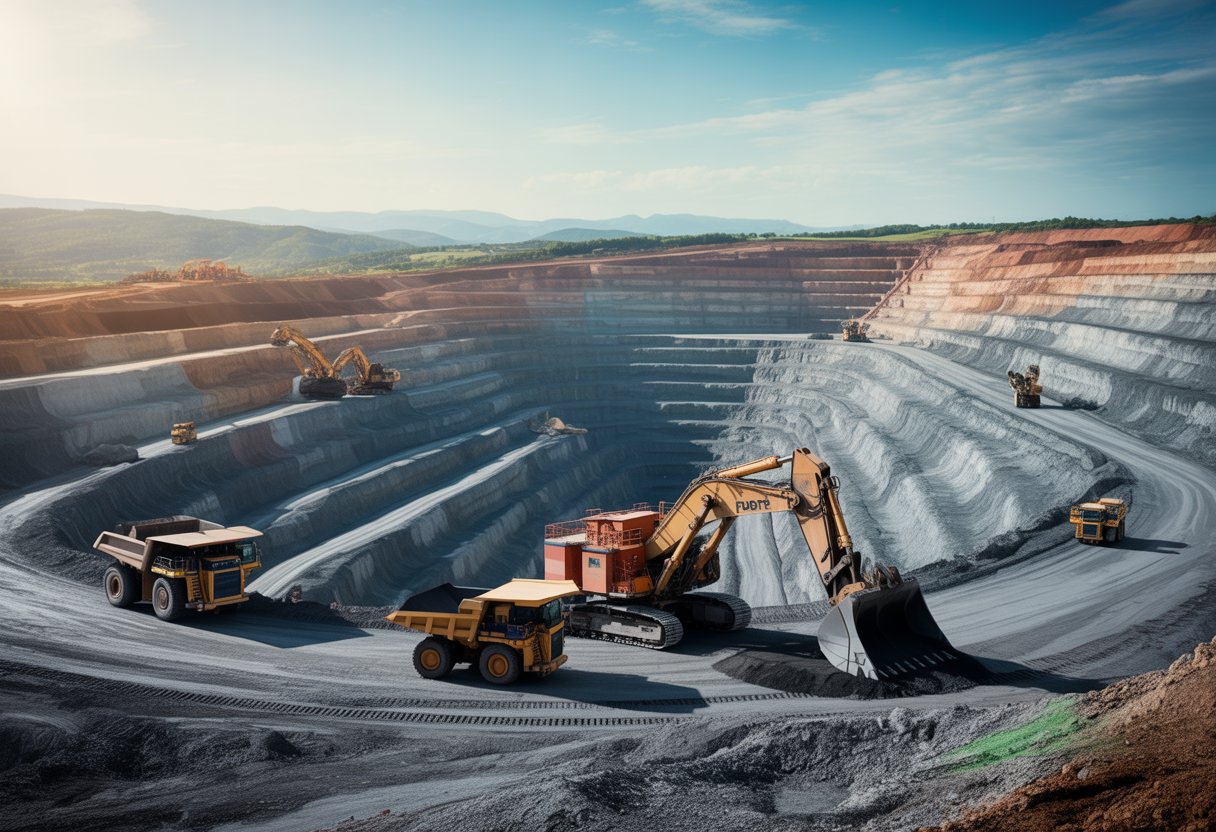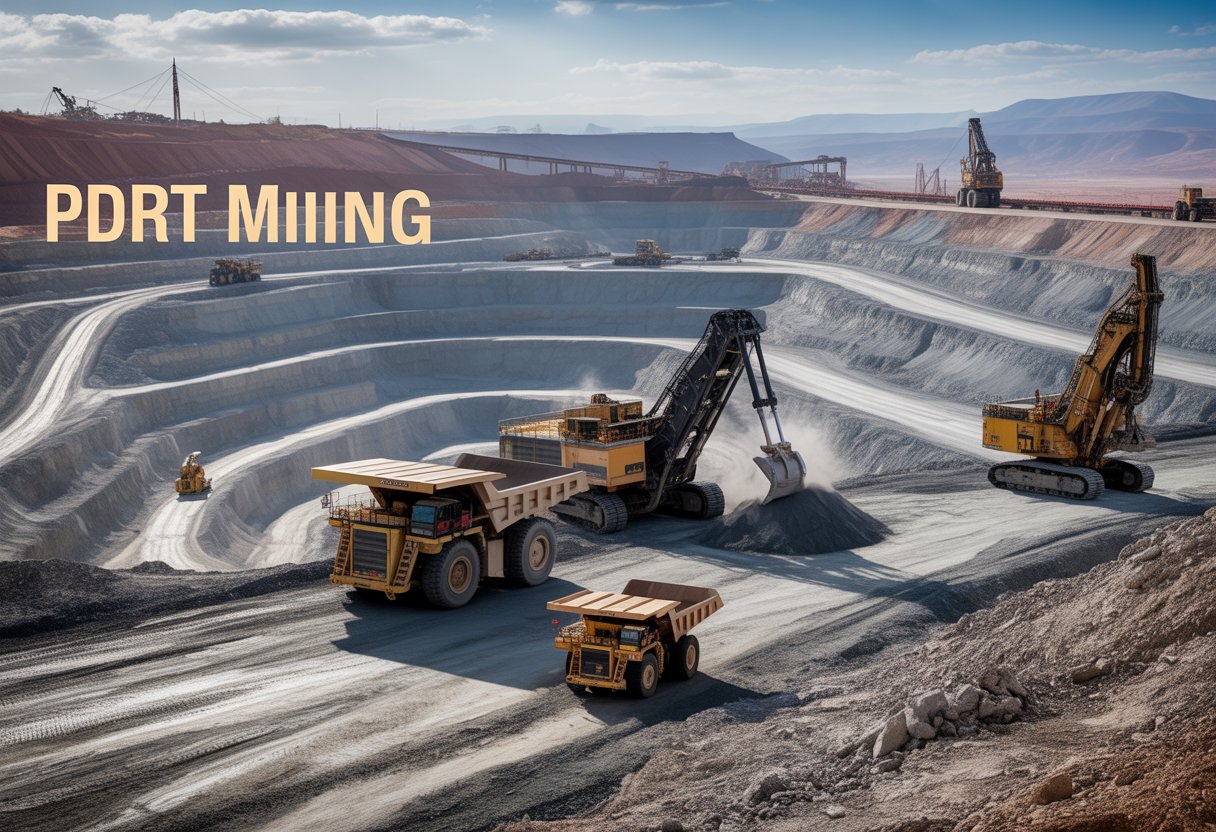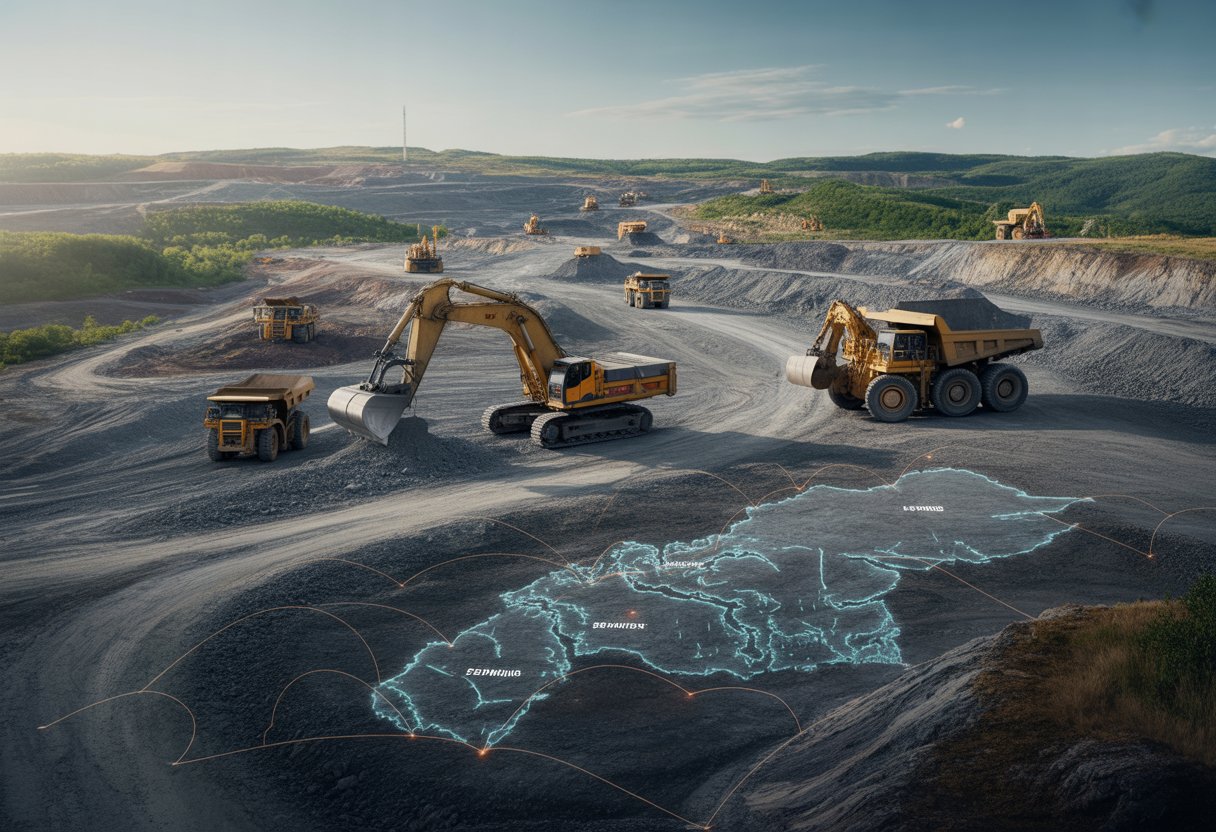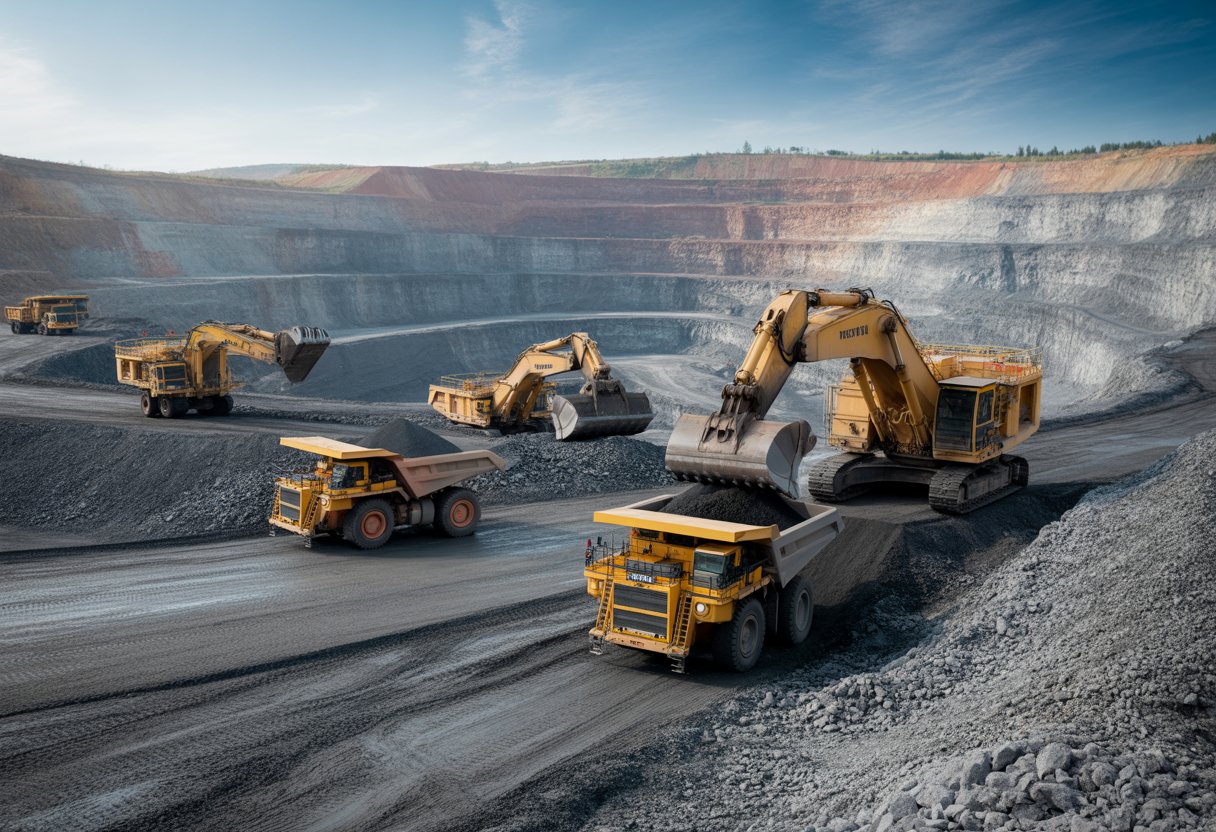
PDRT Mining has become a popular way for crypto enthusiasts to earn tokens before official launches. This process allows users to accumulate PDRT tokens through daily check-ins, referrals, and making price predictions in the DeFi space. By mining PDRT tokens now, participants can secure launch credits that will be converted to actual tokens when the project officially launches.

Are you looking to check if you’re eligible for the LayerEdge airdrop? LayerEdge has launched its EDGEN token airdrop to reward early supporters of its decentralized verification network. The airdrop distributes 8% of the total supply (80 million EDGEN tokens) primarily to PoH-verified node runners, OG Pledge Pass holders, verified referrers, and early contributors to the ecosystem.

Free Airdrop Checker: Guide to Claim Newest Airdrops 2025
🌐 Step 1: Visit the Official Airdrop Reward Page.
Dive into the action by heading to the official airdrop page, where all live events are waiting for you. Log into your account by connecting your wallet from any MOBILE/DESKTOP DEVICE.
🌐 Step 2: Use Your Mobile Wallet or Desktop
Eligibility checks are mobile or desktop! Grab your smartphone and ensure you’re using a wallet to participate.
🌐 Step 3: Meet The Eligibility Criteria
Make sure your wallet isn’t empty or brand new—only active wallets qualify. If one doesn’t work, don’t worry! Try again with another wallet to secure your rewards. You can claim many rewards from multiple wallets, so try to use multiple wallets to increase your chance to claim.
🌐 Step 4: Withdraw The Tokens
After signing the approval from your wallet, wait 5 to 10 minutes, and then congratulations! You will see a token claim in your wallet. You can easily exchange your tokens from PancakeSwap, and get many more free airdrops.
The mining system offers several ways to boost your mining rate. Daily check-ins can increase your mining power by 10x, while each active referral adds a 0.1 PDRT per day boost to your mining rate. Making predictions about cryptocurrency prices can also enhance your mining capabilities, creating a system that rewards both participation and accuracy.
With only 26 days of mining available according to recent information, interested users should consider joining soon to maximize their potential token accumulation. The platform serves as a gateway to crypto price prediction services while offering early adopters the opportunity to acquire tokens before they reach the open market.
Overview of Pdrt Mining

Pdrt Mining represents an emerging sector in the mining industry with unique approaches to resource extraction and processing. This field combines traditional mining techniques with innovative technologies to improve efficiency and sustainability.
What is Pdrt Mining?
Pdrt Mining refers to a specialized form of resource extraction that involves particular methodologies and technologies. Based on available information, it appears to be connected to predictive analytics in mining operations.
Some mining companies utilize predictive technologies to forecast mineral deposits and optimize extraction processes. These systems help identify potential mining sites with greater accuracy.
Major companies like Rio Tinto and BHP have invested in predictive technologies to enhance their mining operations. These tools analyze geological data to determine the most promising extraction points.
Pdrt Mining technologies may also include digital recognition systems that monitor mining equipment performance and predict maintenance needs before breakdowns occur.
Significance Within Mining Industry
Pdrt Mining has transformed how companies approach resource extraction. By incorporating predictive analytics, mining operations can reduce costs and environmental impact simultaneously.
The technology enables more precise targeting of mineral deposits, reducing waste rock extraction. This precision leads to lower energy consumption and smaller environmental footprints.
Companies like BHP utilize these systems to improve worker safety by predicting potential hazards before they occur. The predictive capabilities help identify dangerous conditions in advance.
Rio Tinto has implemented Pdrt Mining technologies in several operations, reporting increased productivity and reduced operational costs. Their systems analyze vast amounts of data to optimize mining schedules and equipment usage.
Key Players in Pdrt Mining
Several major mining corporations have embraced Pdrt Mining technologies in their operations. Rio Tinto stands as an industry leader, having invested billions in predictive mining technologies across their global operations.
BHP has developed proprietary predictive systems that analyze geological data to identify optimal extraction points. Their technologies have improved extraction rates while reducing environmental impacts.
Technology providers specializing in mining analytics have emerged as crucial partners. These companies develop the software and systems that power predictive mining operations.
Several Australian mining operations have become testing grounds for advanced Pdrt Mining technologies. These sites serve as proof-of-concept for wider industry adoption.
The Western Australian government has established regulatory frameworks that enable responsible development of mining technologies, including predictive systems that enhance resource extraction efficiency.
Geographical Impact and Regional Presence

Pdrt Mining has established a significant footprint across various regions, with particularly strong operations in Western Australia. The company’s strategic positioning near key mineral deposits has allowed it to develop extensive infrastructure networks and contribute substantially to local and national economies.
Pdrt Mining in Western Australia
Pdrt Mining operates several large-scale mining sites across Western Australia’s resource-rich regions. The company has invested heavily in the Pilbara region, where its iron ore operations cover approximately 12,500 hectares of land. These operations are visible from satellite imagery, reflecting the significant geographical footprint of modern mining activities.
Western Australia provides Pdrt with access to high-grade ore deposits that require less processing, reducing the company’s overall environmental impact compared to operations in other regions. The company’s presence extends from the northern Kimberley region to the southern Goldfields, with varying concentrations based on mineral availability.
Pdrt has implemented advanced land rehabilitation programs in Western Australia, restoring nearly 4,200 hectares of previously mined land to support local ecosystems.
Mining Hubs and Infrastructure
Pdrt Mining has developed significant infrastructure around its key mining hubs. The company has built:
- 3 private railways spanning 840 km connecting mine sites to ports
- 2 dedicated port facilities handling over 180 million tonnes annually
- 4 processing plants employing more than 2,300 workers
- 7 worker accommodation villages housing up to 9,500 personnel
These mining hubs serve as economic centers for surrounding communities, providing essential services and employment opportunities. The infrastructure investments have transformed previously remote areas into interconnected industrial zones.
Pdrt’s investment in digital infrastructure has also improved operational efficiency and safety. Remote monitoring systems now cover 85% of operational areas, reducing on-site personnel requirements while maintaining productivity.
Economic Role in Perth and Australia
Pdrt Mining contributes substantially to both Perth’s economy and Australia’s overall GDP. The company’s headquarters in Perth employs over 1,200 professionals in administrative, technical, and executive roles, making it one of the city’s largest corporate employers.
In 2024, Pdrt Mining generated $8.7 billion in export revenue, representing approximately 3.8% of Australia’s total mineral exports. This economic activity supports an estimated 14,500 indirect jobs throughout the supply chain.
Tax contributions from Pdrt Mining operations reached $1.3 billion in 2024, funding essential public services and infrastructure projects. The company’s procurement practices prioritize Australian suppliers, with 76% of goods and services purchased domestically.
Perth serves as Pdrt’s innovation hub, where the company invests $220 million annually in research and development projects focused on sustainable mining technologies.
Resources Extracted in Pdrt Mining

Pdrt Mining operations focus primarily on two valuable resources that drive the industry’s economic impact. These key minerals are essential for various manufacturing and construction applications worldwide.
Iron Ore Production
Iron ore represents the largest volume resource extracted through Pdrt Mining operations. The company’s Western Australian sites yield high-grade hematite deposits with iron content exceeding 62%, making them premium products in global markets.
Annual production reached 72 million tonnes in 2024, a 7% increase from the previous year. Most extraction occurs through open-pit mining methods, with specialized equipment handling the massive scale of operations.
The company employs advanced beneficiation techniques to upgrade lower-grade ore. This process includes crushing, screening, and magnetic separation to improve quality before shipment.
Export markets for Pdrt’s iron ore are primarily in Asia, with China receiving approximately 65% of production. The remaining output serves steel manufacturers in Japan, South Korea, and Europe.
Nickel Output
Nickel extraction forms a growing segment of Pdrt Mining’s portfolio, with operations concentrated in Western Australia. The company produces approximately 35,000 tonnes annually, primarily from laterite and sulfide deposits.
High-grade nickel sulfide ores yield concentrates containing 8-12% nickel. These premium products command top market prices due to their suitability for stainless steel and battery manufacturing.
Processing involves flotation techniques to separate nickel minerals from waste rock. The company has invested $320 million in advanced processing facilities since 2023.
Pdrt Mining has positioned itself strategically in the electric vehicle supply chain. Their nickel products meet strict specifications for EV battery cathode materials, opening premium market segments with growth potential.
The company’s South Australian operation recently expanded its nickel sulfate production capacity to meet growing demand from battery manufacturers in Asia and North America.
Technology, Sustainability, and Digital Trends
The mining industry is changing rapidly with new tech tools and green practices. Companies are using smart machines, eco-friendly methods, and digital systems to make mining safer and less harmful to our planet.
Innovative Mining Techniques
Mining companies now use autonomous equipment that works without human operators. These smart machines include self-driving trucks and remote-controlled drills that can work in dangerous areas. This keeps workers safe and makes operations more efficient.
Internet of Things (IoT) technology connects mining equipment to central systems. Sensors on machines track performance and predict when repairs are needed before breakdowns happen. This cuts downtime and saves money.
3D mapping helps mining companies see underground resources without extensive digging. Rio Tinto recently used AI and 3D mapping at their Rincon lithium project in Argentina. This technology shows exactly where valuable minerals are located.
Drones survey large mining areas quickly and safely. They collect data that would take weeks to gather on foot.
Sustainability Initiatives
Mining companies are adopting renewable energy to power their operations. Solar panels and wind turbines now run equipment that once depended on diesel fuel. This cuts carbon emissions and reduces operating costs.
Water recycling systems capture and clean used water. This protects local water supplies and reduces waste. Some mines now recycle up to 80% of their water.
Land rehabilitation programs restore mined areas to their natural state. Companies plant native trees and plants to rebuild ecosystems after mining ends.
Community partnerships ensure local people benefit from mining activities. These include job training, infrastructure improvements, and environmental monitoring programs that involve local residents.
Digital Ads, Cookies, and Data Use
Mining companies use digital advertising to improve their public image. Targeted ads highlight sustainability efforts and community benefits. These campaigns use cookies to reach audiences interested in responsible mining.
Data collection through website cookies helps mining companies understand public concerns. This information shapes better communication strategies and corporate responsibility programs.
Privacy policies for mining websites now clearly explain how cookies track visitor information. Companies must balance data collection with user privacy rights.
Digital marketing tools help smaller mining operations compete with larger corporations. Cost-effective online ads reach specialized audiences like investors and environmental advocates.
Frequently Asked Questions
Mining operations involve complex processes and technologies that evolve constantly. The industry faces challenges related to extraction methods, environmental impact, and technological innovation that require clear explanations.
What are the different methods employed in mineral extraction and processing?
Mining operations typically use five main extraction methods: surface mining, underground mining, placer mining, in-situ mining, and solution mining. Surface mining removes soil and rock to access minerals near the surface and includes open-pit and strip mining techniques.
Underground mining creates tunnels and shafts to reach deeper mineral deposits when surface mining isn’t practical. This method includes room-and-pillar and longwall mining.
Placer mining extracts minerals from sediments in river channels or beach sands, commonly used for gold. In-situ and solution mining use chemicals to dissolve minerals without removing surrounding rock.
Which company currently stands as the largest producer in the mining industry?
BHP Group currently ranks as the largest mining company globally by market capitalization, valued at approximately $177 billion as of early 2025. The Anglo-Australian multinational operates in 90 locations worldwide.
Rio Tinto follows as the second-largest mining corporation, with significant operations in iron ore, aluminum, copper, and diamonds. Vale S.A., based in Brazil, ranks third with major iron ore and nickel production facilities.
These industry leaders have achieved their positions through strategic acquisitions, technological innovation, and diverse mineral portfolios spanning multiple continents.
How does P2Pool mining differ from traditional mining pools?
P2Pool operates as a decentralized peer-to-peer mining pool without central servers, unlike traditional pools that rely on centralized management. This structure distributes control among participants, reducing the risk of pool operators manipulating the system.
P2Pool creates a separate blockchain called a “share chain” where miners submit shares. When a block is found, rewards automatically distribute to contributors based on their recent shares.
This approach eliminates payment delays typical in traditional pools and provides greater transparency. However, P2Pool requires more computing resources and technical knowledge from participants.
What are the environmental impacts associated with large-scale mineral exploration?
Large-scale mining operations often cause habitat destruction and fragmentation as vegetation and topsoil are removed. This disruption can displace wildlife and permanently alter ecosystems.
Water pollution presents another serious concern. Acid mine drainage occurs when excavation exposes sulfide minerals that react with air and water to form sulfuric acid, contaminating nearby water sources.
Air quality suffers from dust and emissions generated by heavy machinery and processing facilities. Mining activities can also deplete water resources in arid regions and cause soil contamination through chemical spills or improper waste disposal.
What are the latest technological advancements in the field of mineral mining?
Autonomous vehicles and equipment represent a major advancement in mining technology. Self-driving trucks, drills, and loaders increase safety and efficiency while reducing labor costs.
Artificial intelligence and machine learning applications optimize operations through predictive maintenance, resource modeling, and process optimization. These technologies help identify potential equipment failures before they occur.
Drone technology has revolutionized surveying and monitoring capabilities. Drones collect precise data for mapping, assess blast performance, and inspect inaccessible areas without risking human safety.
Which countries lead the world in mineral production and export?
China dominates global mineral production, particularly in rare earth elements, gold, and coal. The country produces over 60% of the world’s rare earth elements, critical components in electronics and renewable energy technologies.
Australia leads in iron ore and bauxite exports, with massive operations in Western Australia. The country also ranks among top producers of gold, copper, and lithium.
Russia holds significant positions in palladium, diamond, and nickel production. Brazil leads in niobium production while controlling substantial iron ore reserves. The United States remains a major producer of molybdenum, gold, and copper.
Leave a Reply